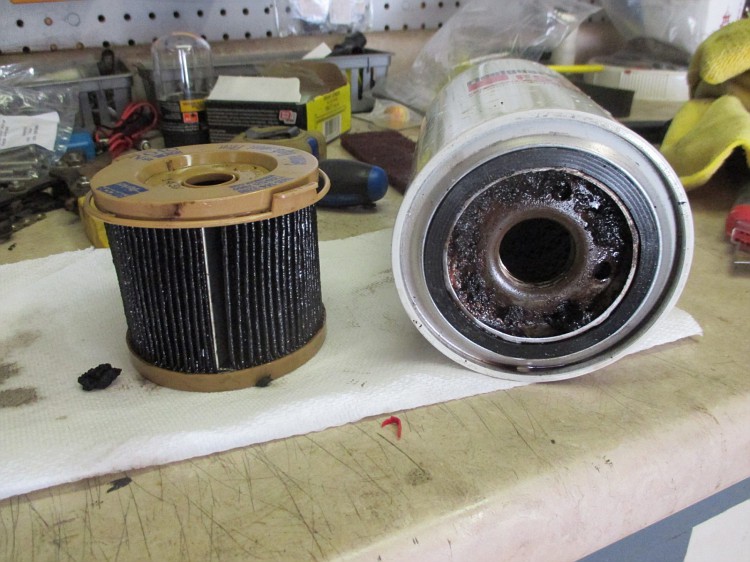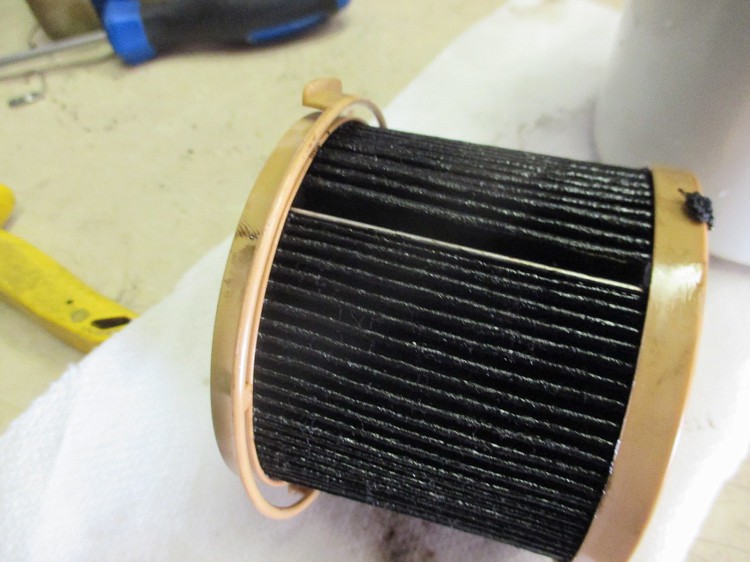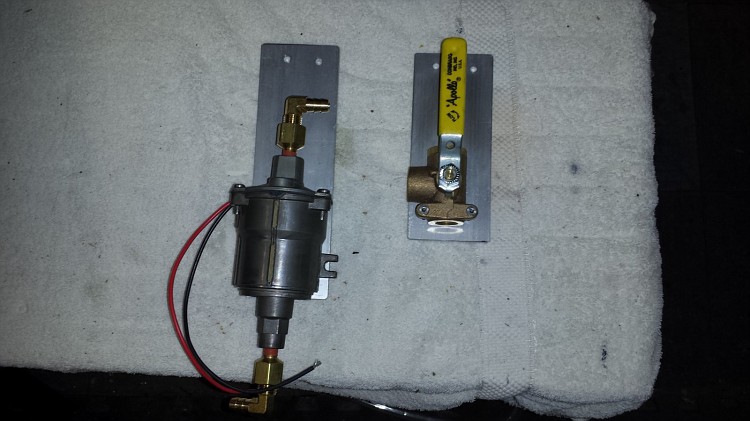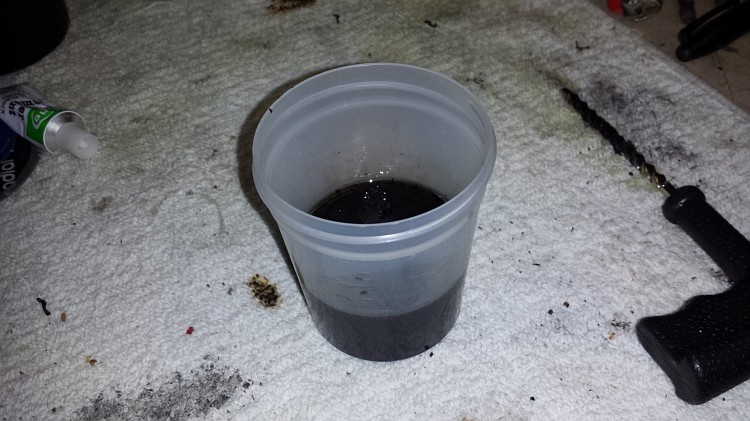Heron
Guru
- Joined
- Nov 5, 2014
- Messages
- 1,304
- Location
- USA
- Vessel Name
- Heron (2)
- Vessel Make
- '88 Cape Dory 28 Flybridge #115
On my "new to me" boat, I'm in the process of re-plumbing my fuel system and adding a light duty polisher. The Previous to the previous owner installed a 27 micron Fleetgaurd water separator ahead of the Existing Racor (10 micron filter) about 4 years and 300 hours ago. Not seeing any replacement of these in the logs, my re-plumb job presented a perfect opportunity to put in new filters. They were pretty funky as you can see. The new system will pull through a Fleetgaurd ($13) then a 10 micron Sierra cannister ($7) for the polishing, then on to a 10 micron Racor and the on engine cannister filter on my volvo when running. 4 filters....Overkill you may say? Maybe, Maybe not. Better safe than sorry I say. The caveat is, the engine was running just fine when I tackled this project. The Fleetgaurd should capture the majority of the crap as it has from these pics. The rest are icing on the cake.
I'll be changing filters on a more regular basis from now on!
There's a moral to this story somewhere!
Racor and Fleetgaurd:



Walbro Pump (FRA-4) and a single "Y" valve to activate the polishing system..All the re-plumbing installed today. Simple and inexpensive.

I'll be changing filters on a more regular basis from now on!
There's a moral to this story somewhere!
Racor and Fleetgaurd:



Walbro Pump (FRA-4) and a single "Y" valve to activate the polishing system..All the re-plumbing installed today. Simple and inexpensive.

Last edited:




